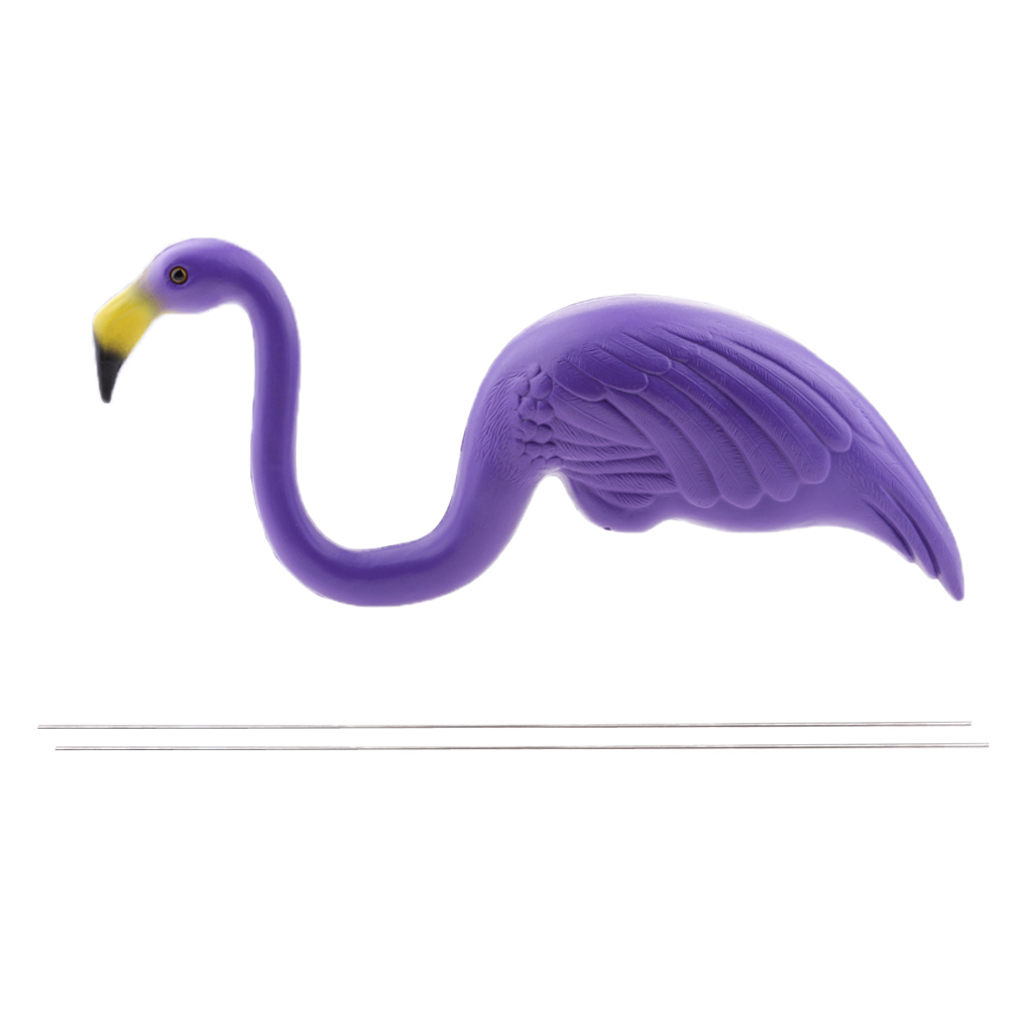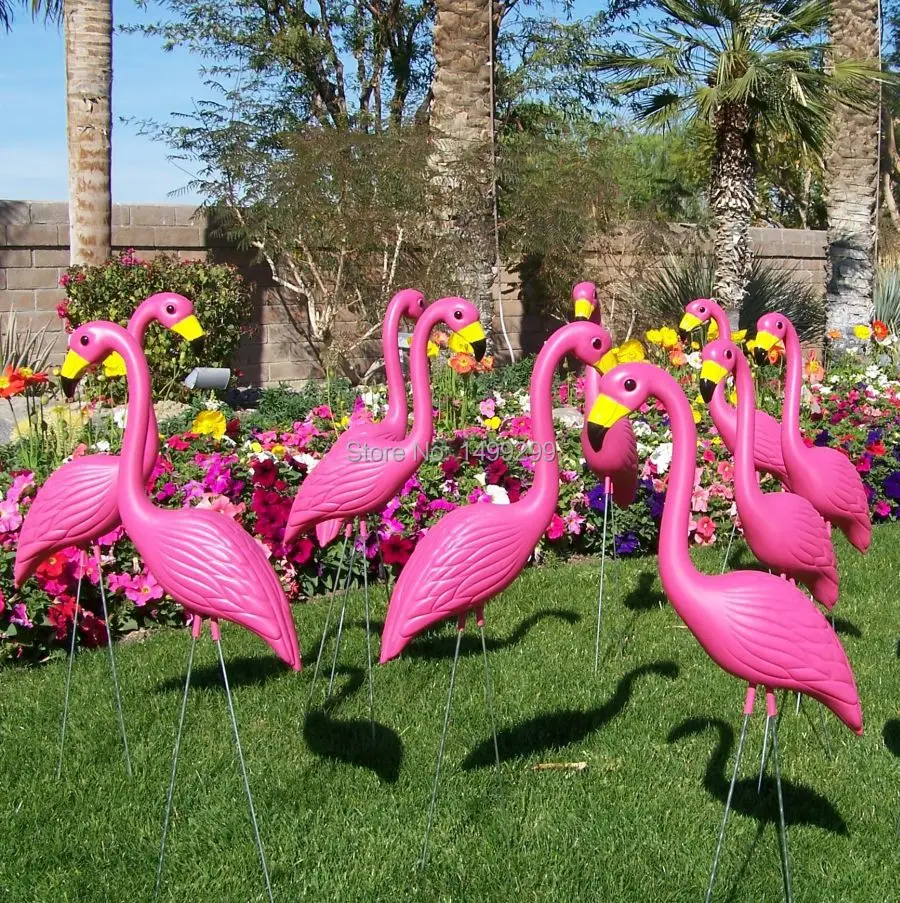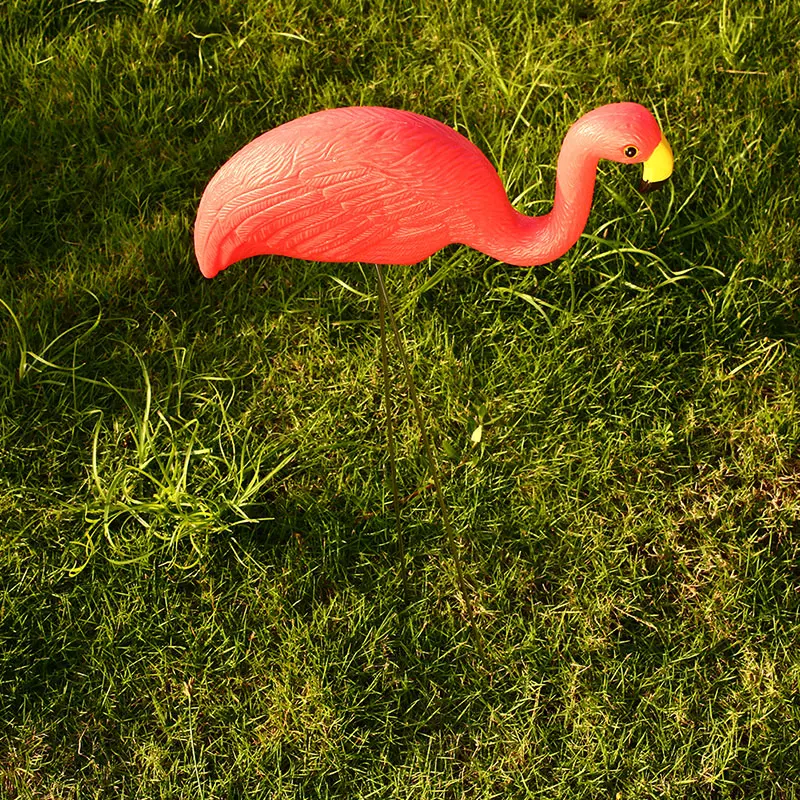
In fact, Americans had long cherished the exotic bird, native to the Caribbean and parts of South America, and this love affair came to a head in 1957 with an explosion in popularity of Caribbean culture.Ĭaribbean-American pop star Harry Belafonte’s album Calypso, which contained the hit single Banana Boat Song (Day-O), dominated the Billboard charts in 1956. Art historian Karal Ann Marling explains that in the 1950s, pink was perceived as “young, daring – and omnisexual.” She points out that popular celebrities like Mamie Eisenhower, Jayne Mansfield and Elvis Presley loved to incorporate pink in their wardrobes, their bedroom decor and – in the case of Elvis – their cars.įeatherstone’s design wasn’t the first time flamingos swooped into American culture, either.

In a famous scene from The Graduate, actor Dustin Hoffman expresses disillusionment in the “great future in plastics.”Īnd then there’s the color pink. “Elvis, the Artist, and Pink Cadillac,” a 1988 painting by Donald Paterson, now in the Smithsonian American Art Museum, a gift of Chuck and Jan Rosenak and museum purchase through the Luisita L. In the postwar era, cheap, sturdy and versatile plastics were becoming an increasingly popular material for mass-produced commercial products, from Tupperware to Model 500 rotary phones.ĭesign historian Jeffrey Meikle discusses how this era was referred to as “a new Rococo marked by extravagance, excess, and vulgarity.” Many design and cultural critics pilloried plastic for its ability to easily depart from established design principles, though consumers and manufacturers kept the craze going. The late 1950s also witnessed the solidification of a commodity-driven suburban way of life, along with a host of new anxieties over class and status. The year 1957 was the year of Elvis Presley’s Jailhouse Rock and the ‘57 Chevy, of popular plastic toys like Wham-O’s hula hoop and the Frisbee – all icons of midcentury nostalgia. Photo of lawn ornaments now in the collection of the National Museum of American History.Īll three of the ornament’s basic elements – plastic material, pink color and the flamingo design – have a particular relevance to the late 1950s. His most notable was designing a pair of pink flamingo lawn ornaments, in 1987. His first project there was designing Charlie the Duck lawn ornament. They can even see living flamingos at the Henry Vilas Zoo.In 1957, having studied at the Worcester Art Museum school, Don Featherstone (1936-2015) landed a job with Union Products, Inc., in Leominster, Ma. Visitors can find reminders of Madison's passion for plastic flamingos in places ranging from restaurants to gift shops. So, they ordered 84 dozen and the rest is history. And why 1,008? The original pranksters set their sights on having 1,000 flamingos, but they could only order them by the dozen. Students, residents and visitors can enjoy this year's Fill the Hill on October 11, when 1,008 plastic flamingos will again cover Bascom Hill. University of Wisconsin Foundation and Wisconsin Alumni Association recreates the scene on Bascom Hill every year as a fundraiser. The flamingo prank lasted one morning, but the impact lives on. The party had instituted such programs buying toys for students to occupy themselves during the tedium of class registration, hosting a toga party for 10,000 people ("Animal House" star John Belushi called in to give his blessing to the event), and decorating the surface of a frozen Lake Mendota with a partial replica of the Statue of Liberty. They were leaders from the "Pail and Shovel" party. The two students who first called the birds to Madison (one student being future "Mystery Science Theater 3000" producer, Jim Mallon) never envisioned this prank would turn into university history.
#PLASTIC FLAMINGO PROFESSIONAL#
In 2018, the Forward Madison professional soccer club unveiled the bird as their official logo, and their fan club adopted the name of "The Flock." This prank turned tradition became so popular that in 2015, the Madison Common Council declared the plastic flamingo the official bird of the city of Madison. A prank had been pulled and a legend born.

On September 4, University of Wisconsin students and staff, trudged their way to class and were stunned to see that more than 1,000 plastic flamingos had descended upon the iconic Bascom Hill in the wee hours of the morning.

In the fall of 1979, Madison was the site of the largest known migration of plastic flamingos in recorded history.


 0 kommentar(er)
0 kommentar(er)
